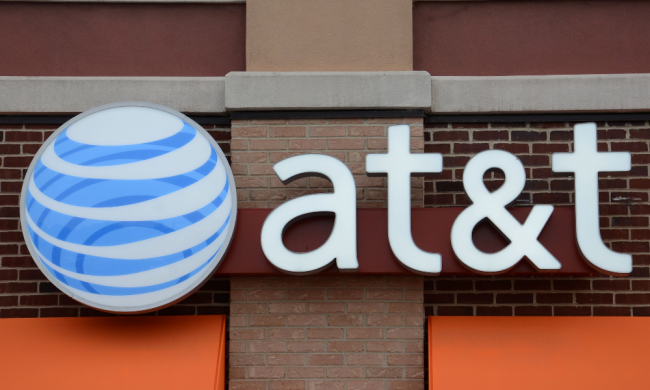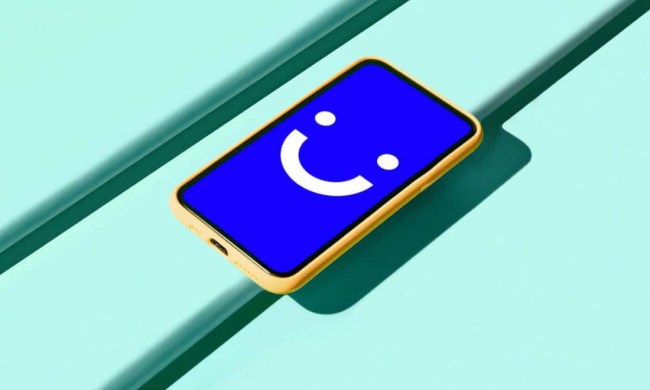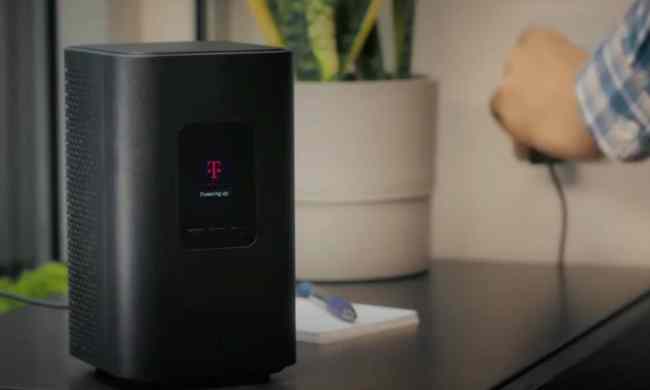Finally, 5G is well and truly on the way, with carriers around the country pouring billions into the development of their 5G networks and smartphone manufacturers planning when they’ll release their first 5G phones. When it comes to those manufacturers, however, it seems as though the likes of Samsung and Huawei are a little ahead of some of the other companies. Despite that, a recent study suggests that most American consumers think that Apple is in the lead when it comes to 5G development, and by a substantial amount.
The survey was conducted by PCMag, involved 2,500 U.S. consumers, and was surprising for a number of reasons. When it comes to the results of the survey, 42 percent believe Apple is leading the way in 5G, while 29 percent of consumers believe Samsung is. In third place is LG, with 12 percent, followed by Google with 7 percent, and Huawei with 5 percent.
Most experts believe Apple will introduce a 5G-compatible smartphone almost a full year after the likes of Samsung. Apple is reportedly working with Intel for the 5G modem in the 2020 iPhone. The delay could be due to any number of reasons, but it’s likely partially because Qualcomm is one of the few companies with an actual
Of course, as PCMag’s report notes, being a little late to adopt new wireless networks hasn’t really slowed iPhone sales before. The original iPhone only had 2G support despite the fact that 3G was available. The first 4G iPhone also came a few years later than most other manufacturers. And now, Apple will be in a similar situation for the first 5G iPhone.
It’s also interesting that Huawei was in fifth place in the survey. The company has already announced that it will unveil a 5G-compatible folding phone at Mobile World Congress later this month.
Ultimately, it may not matter when manufacturers adopt 5G. Compatible smartphones will launch this year, but


